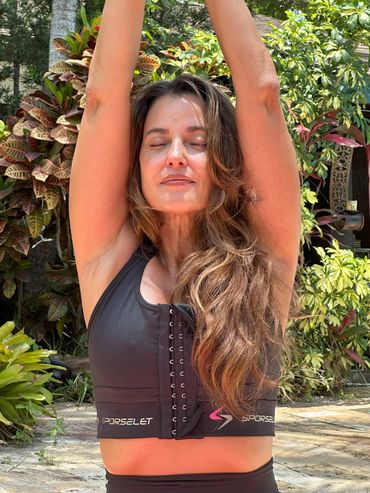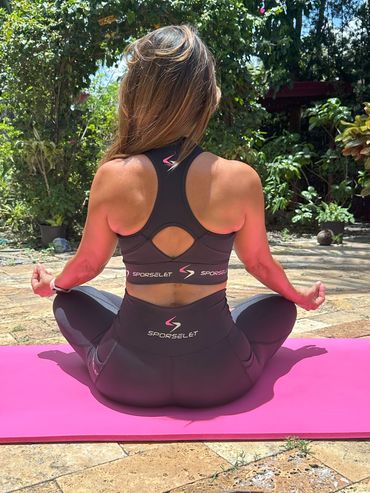SUPPORTIVE WORK OUT GEAR MADE BY WOMEN WHO GET IT
OUR REVOLUTIONARY PATENTED SPORTS BRA
ADJUSTABLE + COMFORTABLE= CONFIDENCE
Signed in as:
filler@godaddy.com
ADJUSTABLE + COMFORTABLE= CONFIDENCE

INTRODUCING OUR PATENTED SPORTS BRA

This article is from The University of Portsmouth website, dated August 25, 2023, and was written by Nicole Renwick
Around 17% of elite women athletes who were given an individual bra assessment said it had significantly improved their performance.
One of the lasting memories of the 2022 Uefa Women’s Euro is England’s Chloe Kelly celebrating her match-winning goal by taking her shirt off and running towards her teammates in sheer joy. It was seen as a significant and empowering moment for women’s sport as the image of a woman in her sports bra was a representation of skill and power, not an objectification of her body.
Sports bras are being recognised across elite sport as an essential part of the female athlete’s kit. In a survey of UK female athletes, 51% experienced breast pain and 29% said that poorly fitting bras affected their performance. Before the Tokyo Olympics and Paralympics, Team GB athletes and para-athletes were offered a bra prescription service in which they were fitted with a sports bra based on an individual assessment. Around 97% of those prescribed a bra reported benefits in comfort, fit and support, while 17% said it had significantly improved their performance.
But sports bras are just as important for every woman taking part in exercise.
Anatomically, the breast has limited internal supporting structures. Breast tissue is composed of glandular and adipose tissues. Within the adipose tissue is a network of nerves, blood vessels and a connective tissue known as Cooper’s ligaments. Along with the skin, these are the only natural supporting structures of the breast. As such, when the body moves, the breast will move independently, which can be difficult to control.
Both structures can stretch during excessive movement. If overstretched, they cannot recover, which can lead to damage of the breast skin but is thought to cause breast pain.
Excessive breast movement has also been found to negatively affect physiological and performance measures. When comparing physical activity between low and high breast support conditions, there is evidence that performance is reduced in low support. This includes inefficient running technique and taking shorter strides.
There is also evidence that breathing frequency is altered, with low support levels reducing how often you breathe. The upper body has been reported to work harder during exercise when wearing low support, making you fatigue faster. And there is evidence that exercising in low breast support can increase your ground reaction forces, which is how heavily you land on the ground, increasing your risk of leg injury.


We use cookies to analyze website traffic and optimize your website experience. By accepting our use of cookies, your data will be aggregated with all other user data.